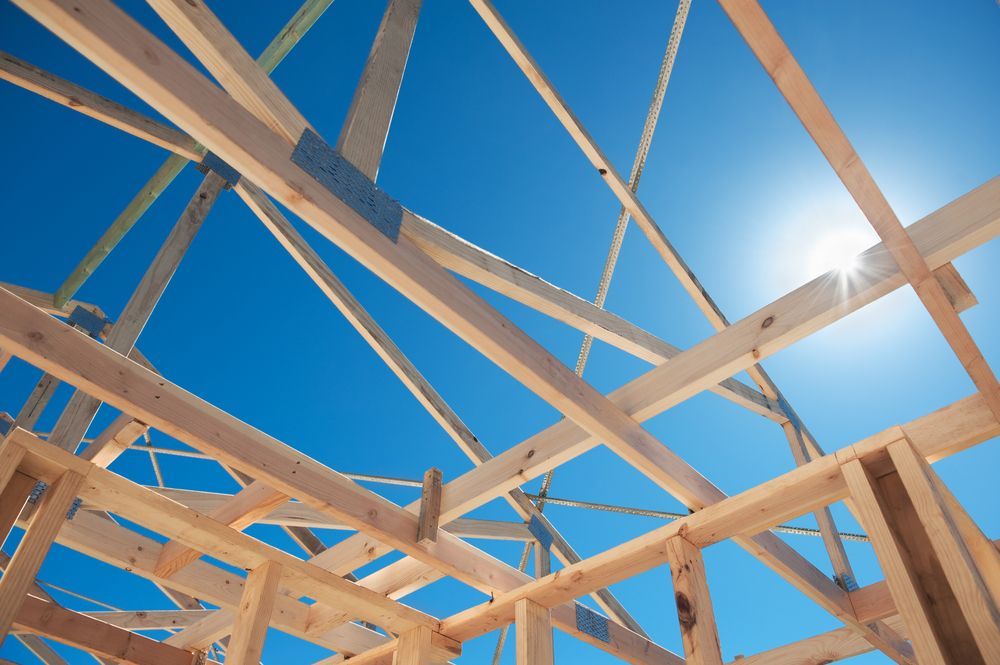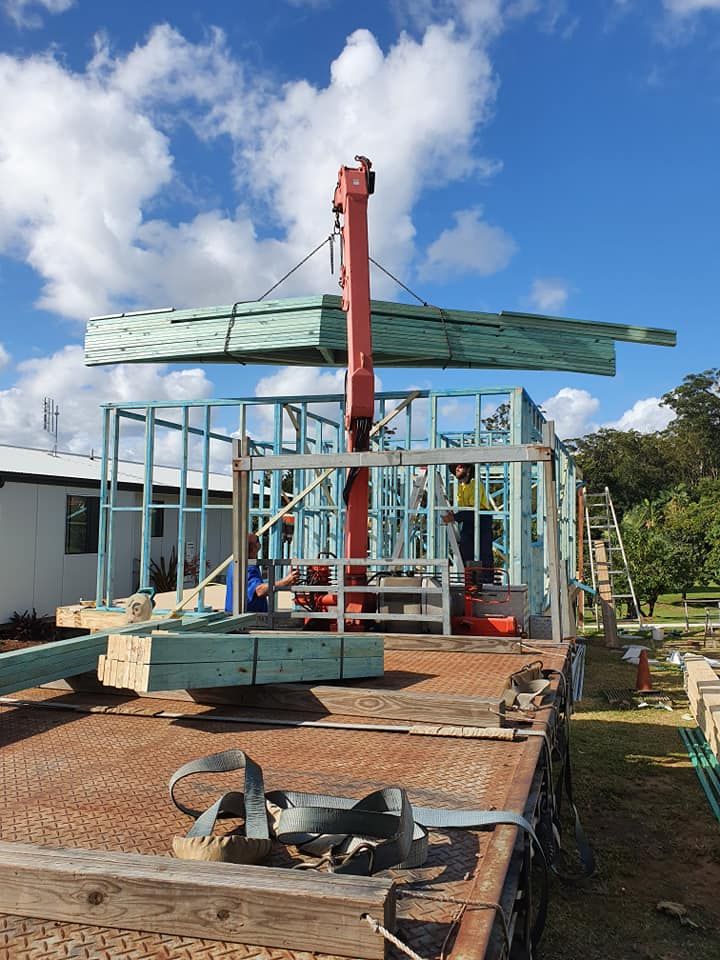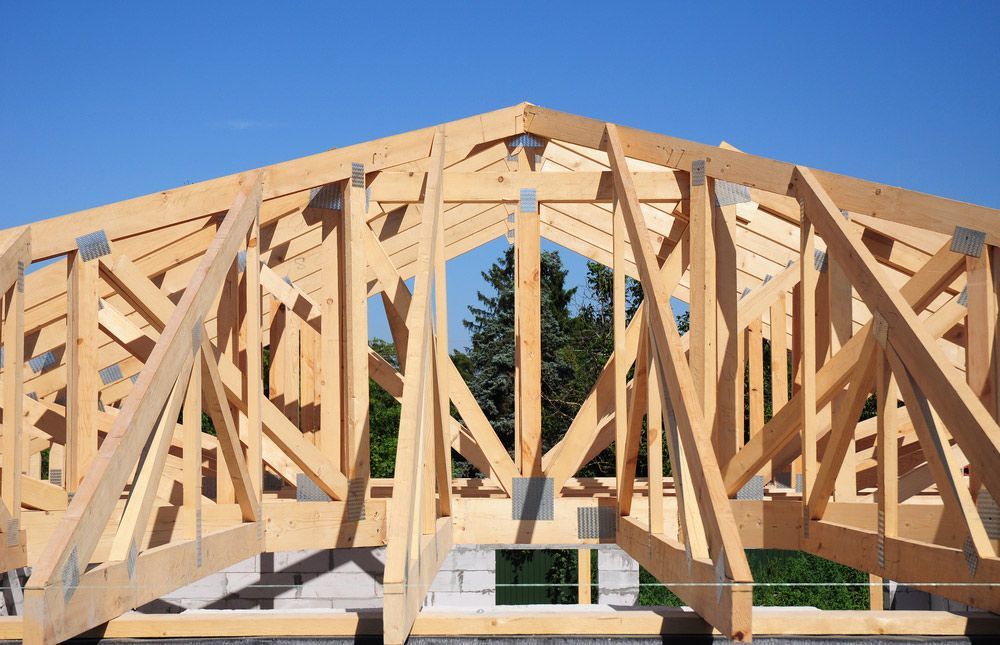Pros & Cons Of Timber Roof trusses
At the beginning of a building project, construction professionals must decide whether to utilize timber trusses or opt for another roofing material such as steel. Trusses are the triangular units used to stabilize and support the roof of a property, helping to distribute weight away from exterior walls.
If you’re a homeowner or builder wondering whether timber trusses are suitable for your project, we’ve collected a handy list of pros and cons to help you make a decision.
What are the pros of timber roof trusses?
Timber roof trusses come with a vast array of advantages, including:
1. They’re versatile
You can use timber roof trusses with various construction materials such as steel beams and components made from metal and wood. What’s more, timber trusses use less wood than traditional pitched roof designs and can span greater distances. This is good news if you’re hoping to create a large, airy space while maintaining impeccable structural integrity.
2. They’re cost-effective
For the most part, the installation of timber roof trusses does not involve using heavy machinery, as trusses are light and easy to lift. As such, they represent a cost-effective solution, eliminating the need for expensive machinery hire while shortening the life cycle of a project. Timber trusses also reduce the cost of site clearing as they do not produce excessive amounts of waste.
3. They’re eco-friendly
Timber captures carbon while releasing oxygen, thereby helping to combat the build-up of CO2 in the atmosphere. If that weren’t enough, timber production consumes less energy than that of many other construction materials and is entirely renewable.
4. They’re very strong and durable
Timber trusses are very strong, ensuring that buildings are safe and destined to last. They are so robust that timber trusses are suitable for scaffolding, concrete formwork, and falsework for industrial projects.
5. They’re aesthetically pleasing
There’s no denying that timber trusses look great in contemporary and period properties alike. The timeless aesthetic of wooden structures also offers architects and construction professionals broad scope for experimentation. Timber trusses are perfect if you want to build something pared-back and airy, for example.
6. They can help property owners save energy
Thanks to their insulating properties, timber trusses help property owners reduce their energy consumption, thereby saving money and protecting the environment. Indeed, timber is much more energy-efficient than materials such as steel and can be used to construct insulating cavities in the roof of a building.
What are the cons of timber roof trusses?
Timber roof trusses aren’t associated with many disadvantages. However, it is worth noting the following potential cons:
1. Timber can warp
In certain conditions, timber can change shape and slowly contribute to building damage. To prevent compromising the structural integrity, builders must consider how to protect it from the elements.
2. Timber invites pests
In certain localities, pests such as termites can present a risk to timber structures. Severe infestations often lead to hollowed-out structures that present risks to occupants. Some local authorities in certain Australian regions advise that property owners book regular pest inspections to avoid this.
Reach out to Leach Trusses today!
Are you looking to exploit the many advantages of timber trusses? Reach out to Leach Trusses today for the highest-quality trusses on the Sunshine Coast! Drop us a line on 07 5494 1077.







